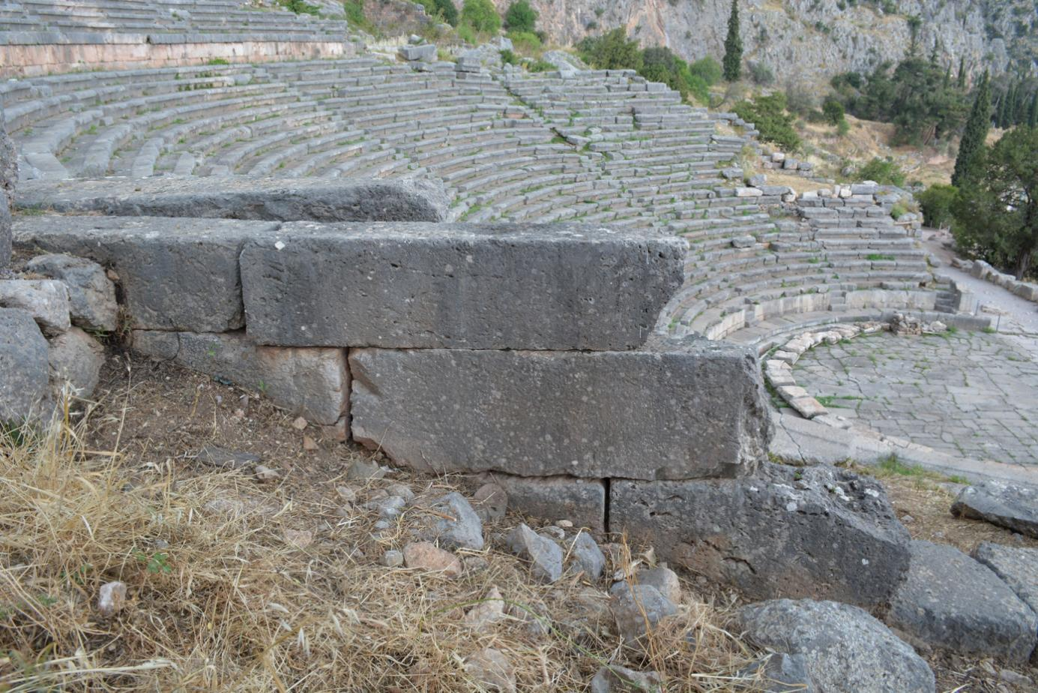
With interventions on the eastern and western slopes, restoration work on the ancient theatre of Delphi is progressing.
In recent years, the Ministry of Culture, through the Ephorate of Antiquities of Phocis, has been gradually implementing an extensive program of protection and restoration interventions at the ancient theater of Delphi. The work involves the restoration of steps and seats, the completion of the cavea with scattered or new seats, the restoration of the orchestra’s uprights, the reinforcement of the retaining walls, and the prevention of rainwater runoff through the reinforcement of the slopes and drainage systems.
The Minister of Culture, Lina Mendoni, stated: “The protection and promotion of the archaeological site of Delphi is a priority for the Ministry of Culture. Our concern is ongoing and multi-faceted. The major project to address rockfalls and protect the archaeological site from the extreme effects of the climate crisis is being completed, with a budget of approximately €7,500,000, funded by the Recovery Fund and implemented by the Directorate for the Restoration of Ancient Monuments. Fire and flood protection for the site has been completed. Restoration works are in full swing, carried out by the relevant Ephorate of Antiquities, and concern the complex of the eastern baths, in the western part of the ancient city and in the Gymnasium, with a total budget of approximately €3,000,000, funded by the Regional Operational Program “Central Greece” – NSRF 2021-2027. With these specific interventions, our goal is to steadily and systematically strengthen Delphi as a leading cultural destination and valuable development resource for Central Greece and the country, protecting and expanding the archaeological site open to visitors. The ancient theater is, in itself, an independent monumental entity, in which the restoration work is systematically progressing.”
The western abutment survives along its entire length (34 m) and to a height of approximately 3.50 m, and is divided into two sections. The main problems with its condition are the erosion of a large part of the hollow, which exposes the inner side of the retaining wall and negates its function as a retaining wall, the loss of stone sections from the inner side of the retaining wall, resulting in the movement and deviation from the vertical of the stones in the upper layers and the risk of their collapse, localised losses in the stone mass, cracks and fractures, the aesthetic burden of the presence of stone elements on the retaining wall that are not related to it, such as seats.

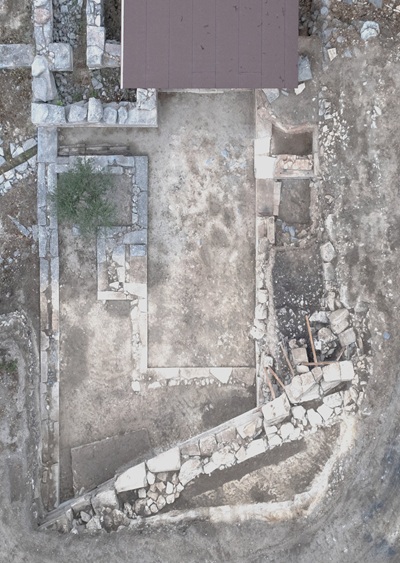
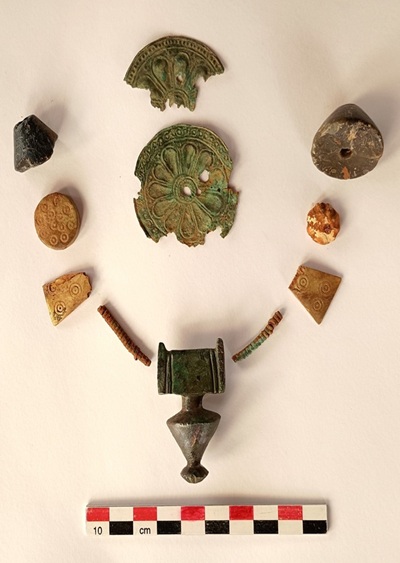
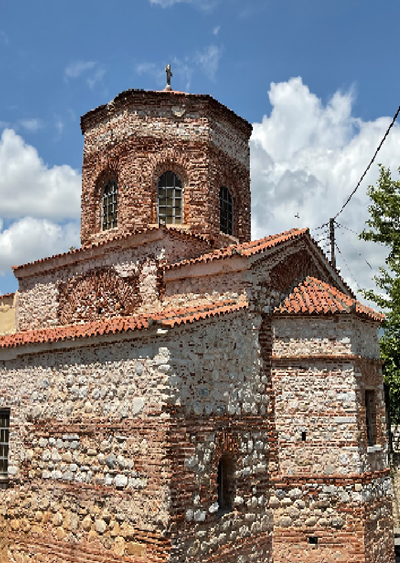
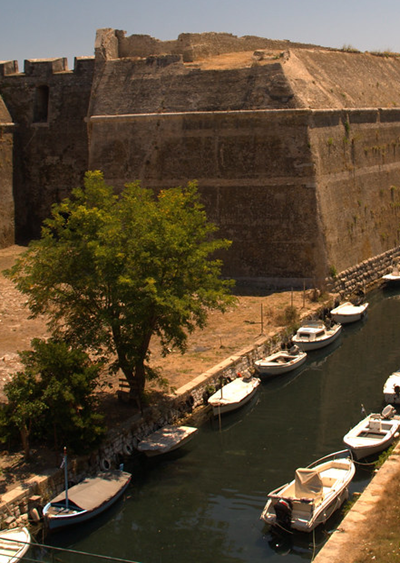


Leave A Comment